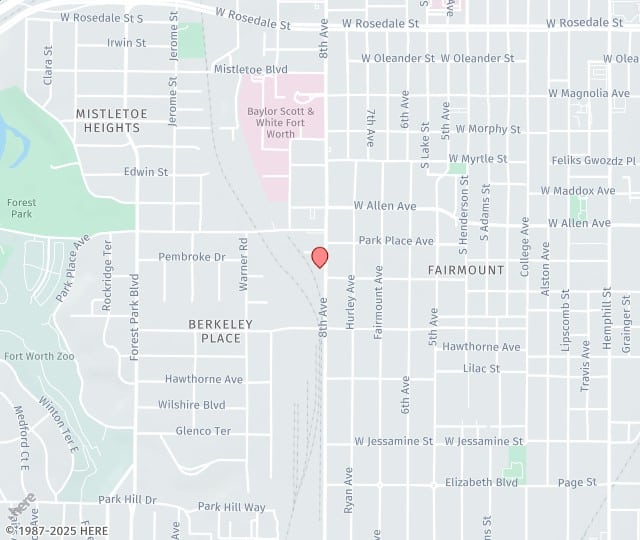It has been the rage for the last couple of years. Have you heard of it? Let’s go over buccal fat pad removal. Take a look at this short video:
What is a buccal fat pad?
Buccal fat is located deep in the cheek. It’s located between the jawline and the cheekbone, toward the front of your face. Stick your tongue toward the side into your cheek, and that’s about where the buccal fat is located.
Why remove the buccal fat pad?
Removal of the buccal fat can create a more contoured appearance of the cheek. In men this might create a ‘chiseled’ appearance. In women, removal of buccal fat accentuates the cheek bones, creating a natural shadowing in the lower cheek. With rumors that celebrities like Bella Hadid, Lea Michele, and Chrissy Teigen have undergone the procedure, interest has peaked.
What’s involved in buccal fat pad removal?
It’s a pretty simple procedure. A small incision is made inside the cheek. The fat is teased out through the incision and removed. A couple of stitches are placed. It can take as little as about 20 minutes to do. There is some swelling for a couple of weeks.
What are the benefits of removing the buccal fat pads?
Every surgical procedure has its ‘pros’ and ‘cons’. Some of the ‘pros’ of buccal fat pad removal include:
- A more sculpted appearance of the face. This includes accentuating the cheekbones and possibly a slimmer face.
- Fairly minimal ‘down time’. There usually is not very much bruising. It is common to return to most normal activities within just a few days.
- No visible scarring. The incisions are made inside the mouth on the inner surface of the cheek.
- The results are permanent. Once the buccal fat is removed, it does not grow back.
What are the downsides/risks to removal of buccal fat pads?
Buccal fat pad removal isn’t for everybody. There are definitely some ‘cons’ to removing them. Some of these include:
- Over time, the cheeks may actually look ‘sunken in’. This may result in almost a skeletonized appearance, with prominent cheek bones but hollowed out cheeks beneath them.
- Asymmetry. While cheeks are naturally not perfectly symmetrical, one cheek may end up appearing to have more hollowing than the other.
- Injury to nerves. While it’s not especially likely, if it happens it may be permanent. What would happen? You would probably have an asymmetric smile.
- Injury to salivary ducts. The tubes that carry saliva into your mouth pass nearby. If these are injured you would likely require additional surgery to repair that.
- Bleeding. Substantial bleeding is not common. But, if it happens, you could need additional surgery, and this may increase the likelihood of asymmetry.
- Scarring. The incision inside the mouth generally heals well. However, scarring within the cheek itself may be different from one side to the other. That would potentially create differences in appearance on the two sides.
Do you want to remove your buccal fat pads?
It comes down to weighing the potential long-term benefits to the long-term risks. Dr. Kunkel does not do removal of buccal fat pads, but there are certainly surgeons who do. Hopefully this discussion has given you some good information to use as you make the decision.


